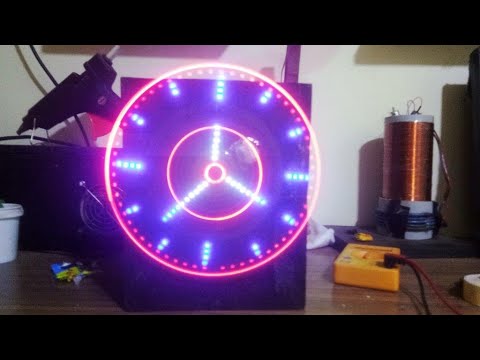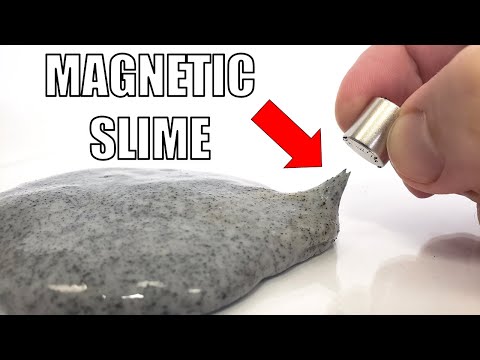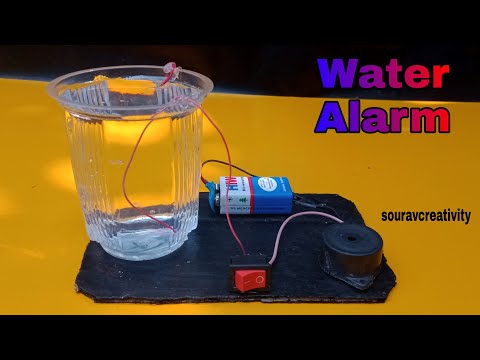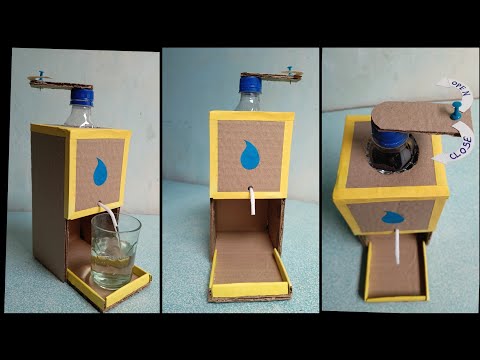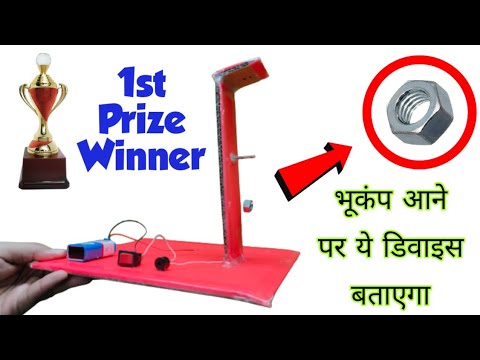Science fair projects are part of the exciting activities that students take part in at their schools. They are instrumental as they allow the students to explore and be inventive. However, it may be challenging to develop a successful science fair project. In such scenarios, some impressive ideas can help kickstart your journey. So let’s leave the erupting chicken-wire volcano and vegetable batteries in the past and try something a bit different. Here are some top 10 remarkable science fair projects you can try.
10 Sun Tracking Solar Panel
The main objective of the device is to keep the flat panel that holds the solar cell facing the sun as it shifts position in the sky. The incoming light must be perpendicular to the panel for maximum electricity generation by solar panels. The essence of a solar tracker is to rotate the panel. The rotation happens along two axes so that the panel is always perpendicular to the incoming light. The energy output may increase by up to 25% compared to a fixed panel. Aside from the panels, the trackers also help coordinate the collectors. The trackers ensure the collectors are aligned to face the sun directly. Collectors are inefficient enough if they are not aligned entirely with the sun’s direction. Some items you may need for this project include an Arduino board, power supply, USB cable, straight pins, wires, servo, and mounting screws. The project is unique and also beneficial because it serves the people appropriately. Anyone with a solar panel would like to receive maximum energy from the sun. The system makes it possible to experience that as a need or a want.
9 POV Clock
POV is an acronym for “persistence of vision.” It is an excellent optical illusion where a digital representation remains even after the light stops entering our eyes. You may decide to showcase any text or image you would like. A textual representation of what happens is when a beam of light periodically stops for very brief moments. During that time, light does not enter the eyes. POV occurs, causing a visual image to appear to exist continuously. The human eye can only process ten or fewer images per second. We see the visuals in motion when several images, over ten, are displayed quickly, one after the other. A POV clock is fascinating and attractive, putting it among the top science fair projects you could try. Here is a list of components and supplies that you may need for this science fair project:
Arduino Nano R3 Soldering iron DC Motor (It could be generic) Slide switch Resistor 220 ohm LED Linear Regulator 9v Battery
8 Smart Irrigation System
Everyone, including farmers, can benefit from worthwhile projects such as the smart irrigation system. Irrigation gives plants regulated amounts of water at necessary intervals. In dry locations and during times of below-average rainfall, irrigation comes in handy for the growth of crops. Irrigation also helps maintain ecosystems, stabilize soil, and revegetate damaged soils. The science fair project’s goal is to use a Node microcontroller to create an automated watering system that is time and money efficient. Immediately the soil moisture sensor utilized as the center core detects inadequate moisture levels, and the envisioned system kickstarts the process of watering the plants. With true innovation, it may be possible to integrate the system into the internet. The process will make it possible to operate everything from an application to a smartphone. The idea behind this project is to allow landowners to oversee and monitor the development of their crops and farm. The Smart Irrigation System Using IoT is impressive and beneficial because it simplifies farmers’ lives. Farmers do not have to constantly check their farms when the realization of such projects can do all the monitoring and essential work needed.
7 Smart Alarm Clock
The Internet of Things has enabled the development of beneficial, cost-effective systems. A smart alarm clock using IoT is an impressive project since the clock has numerous advantages. It is possible to place a sensor anywhere around the bedroom area. The sensor can determine the number of hours one sleeps and whether an individual is getting enough sleep. One of the essential things that improve the quality of sleep is posture. Sleeping in a bad posture can make you wake up feeling grumpy or in a low mood. A smart alarm clock can determine your sleep posture, which means it is a quality sleep enhancer. Lastly, selecting a tune of your choice is possible with a smart alarm clock. It allows you to decide what kind of tunes you want to hear when you wake up. There is a massive difference between a traditional clock and a smart clock. A traditional clock goes off based on the time set by the user. However, a smart clock only goes off based on whether the individual has had enough rest. These are some of the items you need to come up with a simple and effective smart alarm clock:
LED Lights LCD Display Breadboards Speakers Cables And Connectors
6 Magnetic Slime
Magnetic slime is an impressive science fair project for teenagers and children. It is possible to develop a magnetic slime. Iron makes up magnetic slime, which is drawn to powerful magnets. The slime is stretchy, making it fun, especially for teenagers or even adults. The current recipe for the slime is more enjoyable with less mess. Here is what you need to gather to make magnetic slime:
Measuring spoon Measuring cup Plastic spoons Bowls Liquid starch Elmer’s glue Iron Oxide powder A neodymium magnet
Neodymium magnets are pretty powerful. When attempting to detach the magnets, fingers are prone to get pinched. Ensure you keep all your gadgets away from the magnet. If you purchase small disk magnets, keeping them away from children would be best. The magnet may pose a significant danger when swallowed. Generally, there are better projects for young children who are curious enough and still eat everything. Breathing iron oxide powder is also not recommended. You can mix the iron with glue to avoid any risks. Aside from the disclaimers, the science fair project is recommendable.
5 Water Alarm Project
A water alarm can help you prevent significant and expensive water damage by warning you of leaks in your household’s most vulnerable areas. Minor and major water leaks are expensive for homeowners and house insurance companies. It is even sad because the situation is avoidable as water alarms can help detect anything water-related that has gone amiss. Fortunately, putting one or more water alarms in a home can save homeowners from paying for expensive repairs and hassle. The detection is made possible by a sensor in the alarm. The sensor causes the control unit to raise the alarm either loudly inside the house or via a connected phone. Water alarms are low-risk for any household concerned about leaks because they are typically affordable. It is recommended to place the water alarms in areas where water consumption happens often. For example, some areas include under sinks and near washing machines or washing areas. Check out some of the items you will need to create a water alarm:
PCB 1 Perforated Solder wire Soldering iron 1 Battery 1 3v-5v Copper Plate 2 L-5cm B-2cm Solder flux
4 Rain Alarm Project
The Rain Alarm Project is a straightforward but beneficial project that automatically senses rain and sets off an alert. Water is essential in our everyday life. It’s crucial to conserve water and use it properly. The project aims to assist people in preserving water. Anytime the alarm sounds, it indicates rain, and a user can find ways to collect and preserve the rainwater. Some components of coming up with a rain alarm include:
Beadboard Battery Connecting wires Buzzer Resistors Ceramic capacitor Rain sensor Transistor
One of the ways to make your project easier is by coming up with a circuit diagram for guidance.
3 Water Dispenser from Cardboard
Making a water dispenser from cardboard is an impressive science fair project. A water dispenser may be necessary when filling a bottle or other vessel with water. You can make a water dispenser from many materials, but cardboard is durable compared to the rest. You need the following items to make a decent water dispenser from cardboard:
Three cardboards A plastic water bottle Clear water glass Origami paper Melting glue Straw Sharp knife Metal scale
First, you need to determine the size of the water dispenser you want to make. Ensure it is of considerable size for efficiency. You also need to have something like glue to bind the cardboard together. The straw acts as the dispenser tap like an ordinary dispenser usually has a regulator. The water bottle will be the one holding water; therefore, it has to be over one liter. The one liter can cater for water you can use for some time. The project is impressive because it shows anyone can own a water dispenser. The project is cost-effective and beneficial, especially to individuals from struggling backgrounds.
2 Air Cooler Working Project
Hot days are long gone with this simple project. Here are the essential tools needed for the science fair project:
Small Fan DC motor Battery Wires Hot glue gun Scissor Box cutter
The project is simple, and you only need to follow a few steps to develop something tangible. You need to find or purchase a large plastic jug. A box cutter will be instrumental in the process. Cut the lid of the jug and ensure the measurements you use are from a DC motor. Mark the upper part of the lid in a specific pattern that you will use to make the holes. In the following steps, you may need another small jug. The small container will go into one side of the larger one. Use the measurements of the small container to cut the side of the jug. The small container has to fit on the side of the large jug perfectly. After fixing the plastic jugs, connect the wires, the battery, and the switch. Do not forget the DC motor in the process. The connected materials will go through the hole made on the jar lid. An air cooler needs a fan that you will connect to the DC motor. Add ice cubes to the jar and test the homemade air cooler.
1 Earthquake Alarm
We deal with a lot of natural disasters throughout the year. Earthquakes are among the most common disasters. An earthquake detector or alarm is a system that detects earthquakes and informs people. It can help save lives because, most times, everyone needs an alert to take action. Some actions could be running to secure places or seeking emergency services. Some of the materials you need to make your earthquake alarm include:
Cardboard of different sizes Buzzer Metal nuts 9-volt battery Metal scale Color paper Metal glue

